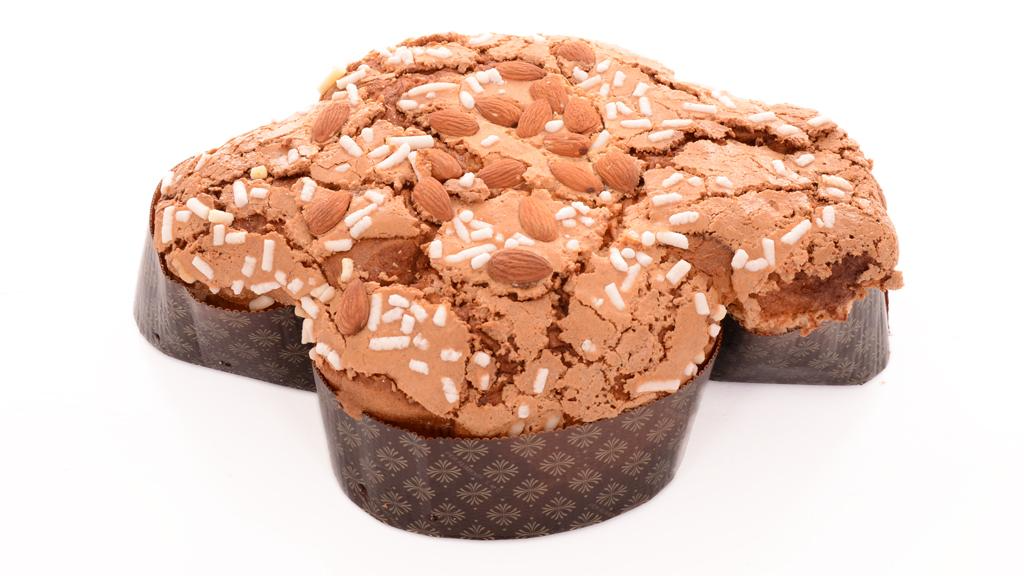
In Italy, Easter is a time to get together with family and friends and this traditionally happens around the table! Food is an important matter in Italy and when feeding friends and family the message that is conveyed is that you are cared for and will never be left hungry!

Typically, the Easter menu includes some fantastic Italian Easter Treats that deserve to be known and appreciated. Generally there are a few basic dishes on the Italian table that relate to the Christian culture and vary slightly from North to South.
We put together a list of the ones you shouldn’t miss out on!
Lamb – This is the main dish eaten across the whole boot, which for Christians represents Jesus Christ and his sacrifice. Mostly, this dish is oven-cooked together with a batch of fresh peas, giving it a lovely, earthy flavour. Lamb can also be barbequed on Easter Day and served with a sauce made out of herbs, fresh olive oil and white wine called ‘battuto’.
Eggs – Eggs are a fundamental Italian Easter treat you can’t possibly miss! The real ones are eaten boiled or baked in savoury cakes such as the Neapolitan Casatiello. Naturally the chocolate variety are a staple in Italy too; these are generally hoarded during Lent and are only eaten from Easter Day onwards. They come in beautiful, colourful wrappings and in many different sizes and are generally more traditional and less commercialized than in the UK. They always have a surprise gift inside. Easter Eggs are a kid’s favourite but of course adults love them too and gifting family, friends and loved ones with them is a well-established Italian tradition from North to South.

Fresh Egg Pasta – This type of pasta is widely consumed at Easter in every single Region in Italy. In northern regions it is usual to have Agnolotti or Tortellini, a special kind of pasta with meat or vegetable filling or Lasagna and Tagliatelle, a delight of Emilia Romagna. Agnolotti and Tortellini are usually handmade and consist of simple flour, egg and water dough. They are then shaped into different forms and filled with various stuffing that can range from minced meat, to ham and cheese to spinach and ricotta. They are then quickly cooked in boiling water and seasoned with a range of fresh sauces like Bolognese or butter and sage.
In the south it is more common to make Orecchiette, which are traditionally from Puglia, or Pillus, a special kind of pasta made in Sardinia. Fresh Orecchiette are cooked al dente and served with a broccoli sauce, which is typical of Puglia. Pillus is instead a ribbon-like pasta that is generally cooked in vegetable or veal broth. It is common to add saffron to the broth and plenty of Pecorino cheese to top it all off.

Rustic Pies – These are very common as Italian Easter Treats and differ from region to region:
Torta Pasqualina, which is filled with beetroots and artichokes and is typical of Genova.
Casatiello, which is instead a dish from Naples, consists of a sourdough base made with sugna, a special kind of pig fat, filled with ham, salami, cheese and hard boiled eggs.
Torta al Formaggio is a savoury cheese pie made with olive oil, beer and pecorino cheese and is a special dish of the Umbria region.
Impanata Ragusana, a Sicilian pastry that is made throughout the whole year but has a special lamb filling during Easter celebration.
Fave – These are another important food during Easter Celebrations.
They are a broad bean that can be served with ‘Affettati’, varied cold cuts usually coming from pork, or cooked in tomato sauce or as in Calabria, in a soup.

Colomba Cake – A must on the Italian Easter table: this is a very symbolic Italian Easter Treat which represents the dove that carried the olive branch to Noah in sign of peace after the Great Flood. Colomba is an airy, sweet cake (like Panettone) covered in almond slices and decorative sugar which has a very complex preparation that can take several stages and more than one day to complete. Colomba is usually eaten as a dessert on Easter Day as a tradition.

Take a look here at our very special Colomba cake recipe from our Neapolitan Aunt Connie.
What about Italian Vegetarians and Vegans This Easter?
As you will have seen, most of the typical dishes that are served at Easter in Italy contain meat. The main dish is lamb, but pork and veal are also very popular and the consumption of meat is a cultural tradition that dates back hundreds of years and dozens of Nonnas!
Nevertheless, nowadays more and more Italians are embracing a vegetarian or vegan lifestyle, trying to incorporate a meat free range of foods into their long established traditions. Vegan Easter Recipes are becoming more common, substituting the original typical foods of the various regions of Italy over this feast.
Italian chefs as well as Italian families are getting more accustomed to excluding meat and dairy free from their menus. Vegan cannelloni has become a popular Easter dish as well as ‘wheat muscle’, a vegan meat substitute that can be made at home and cooked in the place of meat for a good, hearty roast. Even Colomba cakes have been given a vegan makeover, with Vorrei importing some of these very special Dove cakes made only with olive oil rather than the usual butter.
Check out our website for Italian Easter Treats and the best Italian vegetarian and vegan ingredients if you are looking to create a meat-free Italian Easter menu this year!

Leave Your Comments